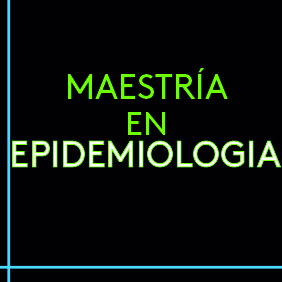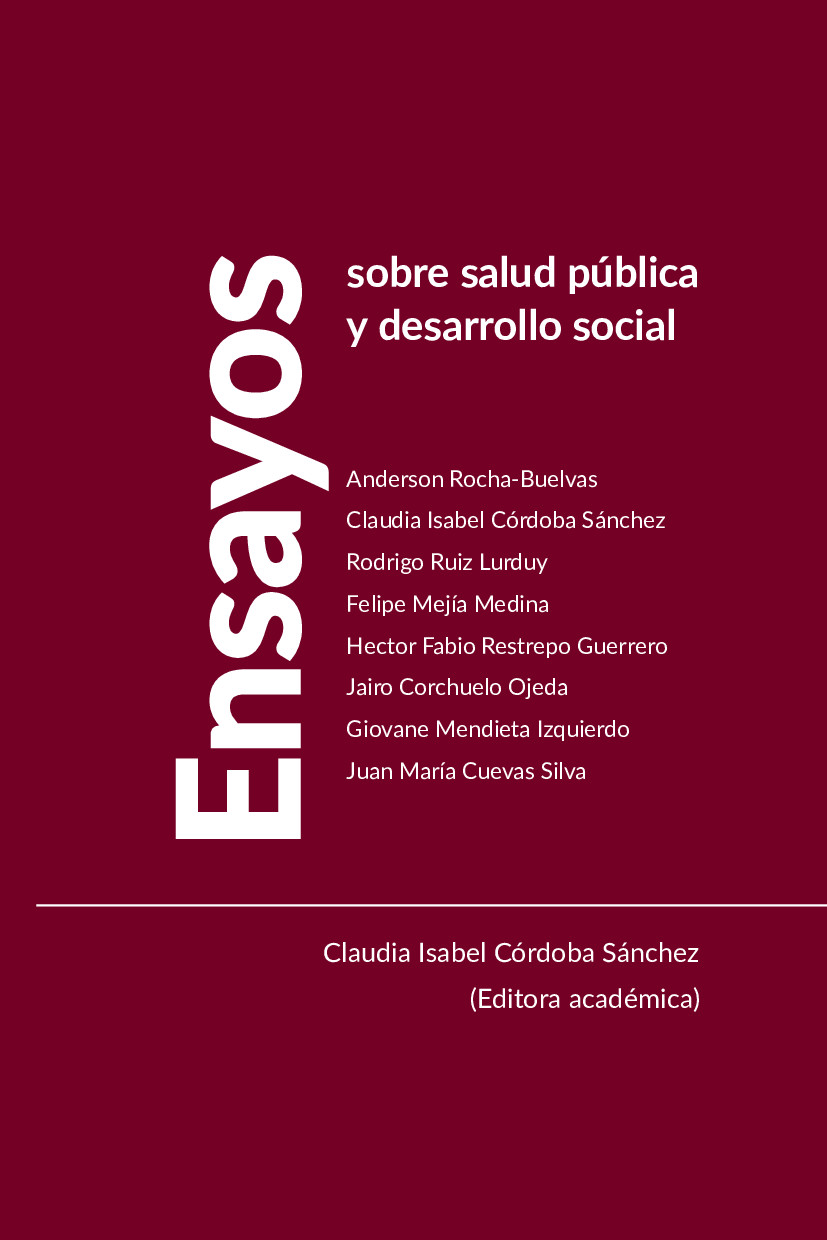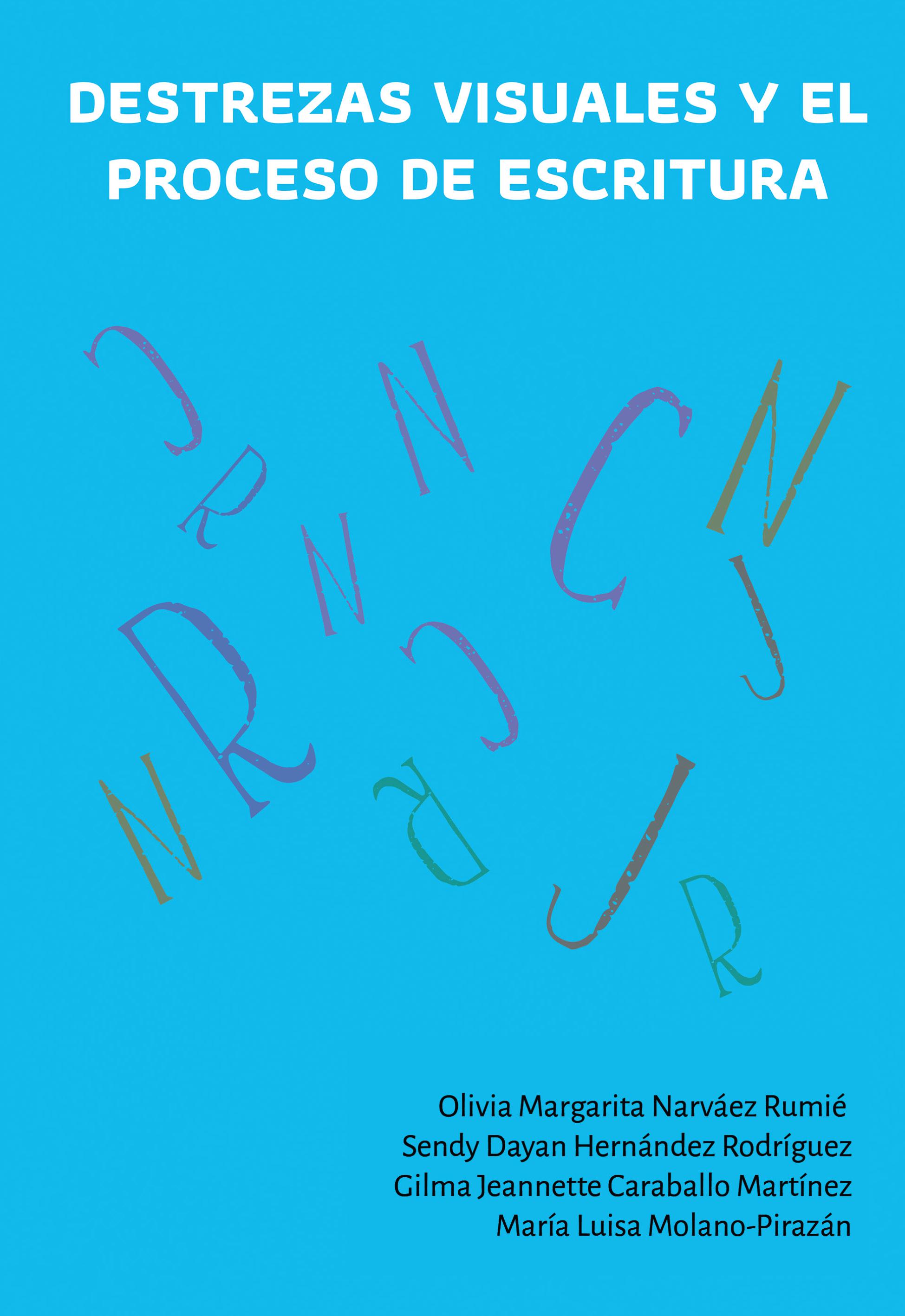Abstract
Objective. Establish the prevalence of amblyopia in school children from Pereira-Colombia, 2014.
Methodology. A cross-sectional study in a population of 5 years of primary basic public institutions Pereira. 474 individuals were included 8 institutions for the selection of the population a complex cluster sample stratified two-stage sampling was performed. Optometric tests for the diagnosis of amblyopia were performed.
Results. The prevalence of amblyopia was 8.1% (95% CI 5.3 to 10.9) for school children between 5 and 14 years, there was no difference between men and women. Differences were found according to the health system affiliation (p <0.05). The prevalence of amblyopia in Pereira school population was higher than that reported in different parts of the world. Clinical risk factors such as refractive errors, and severity of these, photometry and social factors were evaluated, which is important for diagnosis, management and prognosis of amblyopia.
Keywords:
Licence
Authors should declare no conflicts of interest either for reasons of financing the project which is the result of the article; as well as intellectuals, academics, moral and investigative reasons.
The Journal of Andean Research is home to the ethical rules for publications issued by the COPE: http://publicationethics.org/resources/code-conduct
References
2. Méndez T J. NRM, Hernández L R., Padilla C M. Resultados de la rehabilitación visual en ambliopes del Centro Oftalmológico Infantil. REv Cubana Oftalmol. 2002;15(2).
3. Clarke R, Gardner A. Anaesthesia trainees' exposure to airway management in an Australian tertiary adult teaching hospital. Anaesth Intensive Care. 2008;36(4):513-5.
4. Clarke N, Shacks J, Kerr A, Bottrell C, Poulsen M, Yin L. Use of a noncycloplegic autorefractor to perform vision screening in preschools. J Sch Nurs. 2008;24(3):158-63. http://dx.doi.org/10.1177/1059840544556677
5. Nanthavisit U, Sornchai J, Jenchitr W. Survey of refractive errors among Buddhist scripture, Dhamma-Bali and regular school of Buddhist novices in the Bangkok metropolitan area. J Med Assoc Thai. 2008;91(Suppl 1):s24-s9.
6. Rodriguez M, Castro González M. Salud visual de escolares en Medellín, Antioquia, Colombia Bol Oficina Saint Panama. 1995;119(1).
7. Carlton J, Kaltenthaler E. Amblyopia and quality of life: a systematic review. Eye (Lond). 2011;25(4):403-13. Epub 2011/01/29. http://dx.doi.org/10.1038/eye.2011.4
8. Webber AL, Wood JM, Gole GA, Brown B. Effect of amblyopia on self-esteem in children. Optometry and vision science : official publication of the American Academy of Optometry. 2008;85(11):1074-81. Epub 2008/11/05.
9. Zimmerman R. Procedures for the vision screening program for Pennsylvania School-Age population. Pennsylvania2002.
10. Frick KD, Foster A. The magnitude and cost of global blindness: an increasing problem that can be alleviated. American journal of ophthalmology. 2003;135(4):471-6. Epub 2003/03/26. http://dx.doi.org/10.1016/S0002-9394(02)02110-4
11. Fricke TR, Holden BA, Wilson DA, Schlenther G, Naidoo KS, Resnikoff S, et al. Global cost of correcting vision impairment from uncorrected refractive error. Bulletin of the World Health Organization. 2012;90(10):728-38. Epub 2012/10/31. http://dx.doi.org/10.2471/BLT.12.104034
12. ONU. Ceguera, pobreza y desarrollo, el impacto de visión 2020 en las metas del desarrollo del milenio de las Naciones Unidas. 2004.
13. Musicco M, Azzaro Pulvirenti R, Gainotti S, Petrini C, Riccio C, Silvestrini B. A study of the Healthy Growth Charter in socially disadvantaged children. Annali dell'Istituto superiore di sanita. 2011;47(4):417-23. Epub 2011/12/24.
14. Alvarez Cata-o LS. Los determinantes sociales de la salud: más allá de los factores de riesgo. Rev Gerenc Polit Salud. 2009;8(17):69-79.
15. Association AO. Care of the patient with Amblyopia. . Available from: http://www.aoa.org/documents/CPG-4.pdf.
16. Williams C, Northstone K, Howard M, Harvey I, Harrad RA, Sparrow JM. Prevalence and risk factors for common vision problems in children: data from the ALSPAC study. The British journal of ophthalmology. 2008;92(7):959-64. Epub 2008/05/16. http://dx.doi.org/10.1136/bjo.2007.134700
17. Jiménez-Benito, J, Gordon-Bola-os, C, García-Ben, E, Gajate-Paniagua, N, Alonso-Vargas, L. Epidemiología mundial de la ceguera y de la baja visión, causas y estrategias para su erradicación. 2006; Available from: http://www.oftalmo.com/studium/studium2008/stud08-4/08d-02.htm.
18. Pan Y, Tarczy-Hornoch K, Cotter SA, Wen G, Borchert MS, Azen SP, et al. Visual acuity norms in pre-school children: the Multi-Ethnic Pediatric Eye Disease Study. Optometry and vision science : official publication of the American Academy of Optometry. 2009;86(6):607-12. Epub 2009/05/12.
19. Sapkota K. A retrospective analysis of children with anisometropic amblyopia in Nepal. Strabismus. 2014;22(2):47-51. Epub 2014/04/15. http://dx.doi.org/10.3109/09273972.2014.904900
20. Vonor K, Ayena KD, Dzidzinyo K, Amedome KM, Santos M, Maneh N, et al. Severe ametropia in children in Lome (Togo). Medecine et sante tropicales. 2014. Epub 2014/07/01. Les ametropies fortes chez l'enfant a Lome (Togo).
21. Ganekal S, Jhanji V, Liang Y, Dorairaj S. Prevalence and etiology of amblyopia in Southern India: results from screening of school children aged 5-15 years. Ophthalmic epidemiology. 2013;20(4):228-31. Epub 2013/07/20. http://dx.doi.org/10.3109/09286586.2013.809772
22. Barrett BT, Bradley A, Candy TR. The relationship between anisometropia and amblyopia. Progress in retinal and eye research. 2013;36:120-58. Epub 2013/06/19. http://dx.doi.org/10.1016/j.preteyeres.2013.05.001
23. The Colombian healthcare system: 20 years of achievements and problems [database on the Internet]. 2011. Available from: http://pesquisa.bvsalud.org/portal/resource/es/lil-591236.
24. Powell C, Hatt SR. Vision screening for amblyopia in childhood. The Cochrane database of systematic reviews. 2009(3):CD005020. Epub 2009/07/10. http://dx.doi.org/10.1002/14651858.cd005020.pub3
25. Griepentrog GJ, Diehl N, Mohney BG. Amblyopia in childhood eyelid ptosis. American journal of ophthalmology. 2013;155(6):1125-8 e1. Epub 2013/02/23.
26. Kiorpes L. Sensory processing: animal model of amblyopia. In: Merrick Moseley AF, editor. amblyopia a multidisciplinary approach. Oxford: Planta Tree 2002. p. 1-18. http://dx.doi.org/10.1016/b978-0-7506-4691-8.50005-0
27. Vision screening for children one to five years of age: recommendation statement. American family physician. 2011;84(2):221-2. Epub 2011/07/20.
28. Faghihi M, Ostadimoghaddam H, Yekta AA. Amblyopia and strabismus in Iranian schoolchildren, Mashhad. Strabismus. 2011;19(4):147-52. Epub 2011/11/24. http://dx.doi.org/10.3109/09273972.2011.622341
29. Maul E, Barroso S, Munoz SR, Sperduto RD, Ellwein LB. Refractive Error Study in Children: results from La Florida, Chile. American journal of ophthalmology. 2000;129(4):445-54. Epub 2000/04/15. http://dx.doi.org/10.1016/S0002-9394(99)00454-7
30. Pi LH, Chen L, Liu Q, Ke N, Fang J, Zhang S, et al. Prevalence of eye diseases and causes of visual impairment in school-aged children in Western China. Journal of epidemiology / Japan Epidemiological Association. 2012;22(1):37-44. Epub 2011/11/30.
31. Noche CD, Kagmeni G, Bella AL, Epee E. [Prevalence and etiology of amblyopia of children in Yaounde (Cameroon), aged 5-15 years]. Sante. 2011;21(3):159-64. Epub 2012/02/02. Prevalence et etiologies de l'amblyopie chez l'enfant camerounais de 5 a 15 ans a Yaounde.
32. Kumah BD, Ebri A, Abdul-Kabir M, Ahmed AS, Koomson NY, Aikins S, et al. Refractive error and visual impairment in private school children in Ghana. Optometry and vision science : official publication of the American Academy of Optometry. 2013;90(12):1456-61. Epub 2013/11/26.
33. Robaei D, Rose KA, Ojaimi E, Kifley A, Martin FJ, Mitchell P. Causes and associations of amblyopia in a population-based sample of 6-year-old Australian children. Archives of ophthalmology. 2006;124(6):878-84. Epub 2006/06/14. http://dx.doi.org/10.1001/archopht.124.6.878
34. Pai AS, Rose KA, Leone JF, Sharbini S, Burlutsky G, Varma R, et al. Amblyopia prevalence and risk factors in Australian preschool children. Ophthalmology. 2012;119(1):138-44. Epub 2011/10/04. http://dx.doi.org/10.1016/j.ophtha.2011.06.024
35. Tarczy-Hornoch K, Varma R, Cotter SA, McKean-Cowdin R, Lin JH, Borchert MS, et al. Risk factors for decreased visual acuity in preschool children: the multi-ethnic pediatric eye disease and Baltimore pediatric eye disease studies. Ophthalmology. 2011;118(11):2262-73. Epub 2011/08/23. http://dx.doi.org/10.1016/j.ophtha.2011.06.033
36. Groenewoud JH, Tjiam AM, Lantau VK, Hoogeveen WC, de Faber JT, Juttmann RE, et al. Rotterdam AMblyopia screening effectiveness study: detection and causes of amblyopia in a large birth cohort. Investigative ophthalmology & visual science. 2010;51(7):3476-84. Epub 2010/01/22.http://dx.doi.org/10.1167/iovs.08-3352
37. Gomez Gonzalez M, Betancur CL, Garzon M. Alteraciones visuales y oculares en prueba tamiz, Pereira, 2006-2007. Cienc Tenol Salud vis, ocul. 2009;2(7).
38. Salomao SR, Cinoto RW, Berezovsky A, Mendieta L, Nakanami CR, Lipener C, et al. Prevalence and causes of visual impairment in low-middle income school children in Sao Paulo, Brazil. Investigative ophthalmology & visual science. 2008;49(10):4308-13. Epub 2008/10/03. http://dx.doi.org/10.1167/iovs.08-2073
39. Pascual M, Huang J, Maguire MG, Kulp MT, Quinn GE, Ciner E, et al. Risk factors for amblyopia in the vision in preschoolers study. Ophthalmology. 2014;121(3):622-9 e1. Epub 2013/10/22.
40. Mousa AM, Suha AE. Eye diseases in children in Jordan. JPMA The Journal of the Pakistan Medical Association. 2014;64(1):13-5. Epub 2014/03/13.
41. Sissi Vásquez Hernández RMNF. Características clínicas y epidemiológicas de las ametropías en escolares de la Escuela Primaria "Lidia Doce Sánchez". Rev Cubana Oftalmol 2013;26.
42. Hernandez Luna CP, Barrera Santos, Deisy Catalina, Guiza Segura, Carolina, Rodriguez Malagon, Johanna Patricia, Ludeman, Walter Ernesto, Gomez Monta-a, Sandra Paola. . Estudio de Prevalencia en salud visual en una poblacion escolar de Bogota, Colombia, 2000. Cienc Tenol Salud vis, ocul. 2003;1:11-23.
43. Carter MJ, Lansingh VC, Schacht G, Rio del Amo M, Scalamogna M, France TD. Visual acuity and refraction by age for children of three different ethnic groups in Paraguay. Arquivos brasileiros de oftalmologia. 2013;76(2):94-7. Epub 2013/07/06. http://dx.doi.org/10.1590/S0004-27492013000200008
44. Darani HY, Ahmadi F, Zabardast N, Yousefi HA, Shirzad H. Development of a Latex Agglutination Test as a Simple and Rapid Method for Diagnosis of Trichomonas vaginalis Infection. Avicenna journal of medical biotechnology. 2010;2(1):63-6. Epub 2010/01/01.
45. Adhikari S, Nepal BP, Shrestha JK, Khandekar R. Magnitude and determinants of refractive error among school children of two districts of Kathmandu, Nepal. Oman journal of ophthalmology. 2013;6(3):175-8. Epub 2014/01/01. http://dx.doi.org/10.4103/0974-620X.122272
46. Guo Y LL, Xu L, Tang P, Lv YY, Feng Y, Meng M, Jonas JB. Myopic shift and outdoor activity among primary school children: one-year follow-up study in Beijing. PLoS One 2013;8(9). http://dx.doi.org/10.1371/journal.pone.0075260
47. Barrett BT, Bradley A, McGraw PV. Understanding the neural basis of amblyopia. The Neuroscientist : a review journal bringing neurobiology, neurology and psychiatry. 2004;10(2):106-17. Epub 2004/04/09.
48. Barnhardt C CS, Mitchell GL, Scheiman M, Kulp MT; CITT Study Group. Symptoms in children with convergence insufficiency: before and after treatment. Optom Vis Sci 2012;89(10):1512-20. http://dx.doi.org/10.1097/OPX.0b013e318269c8f9

 PDF (Español (España))
PDF (Español (España))
 FLIP
FLIP

















